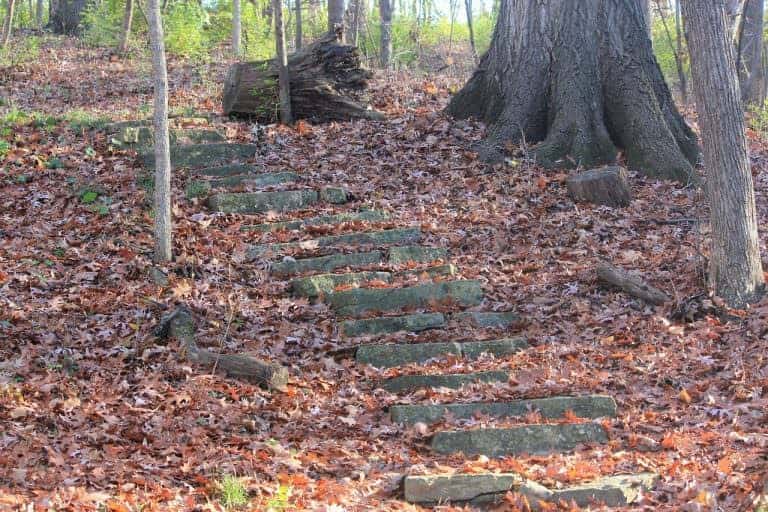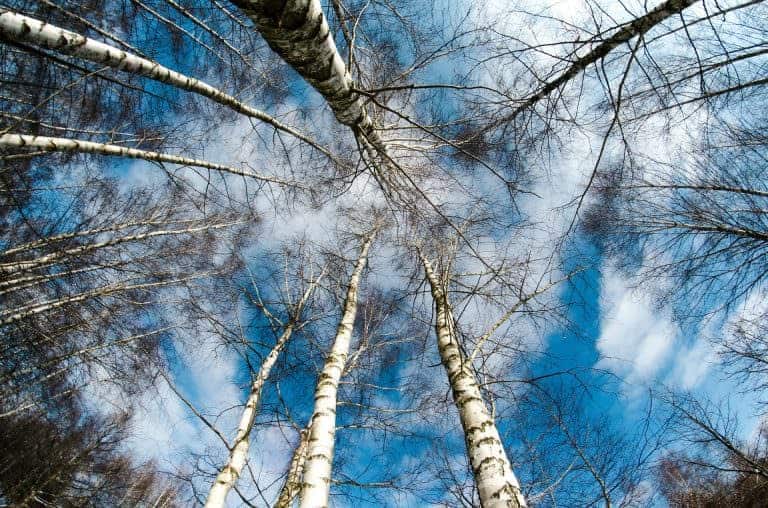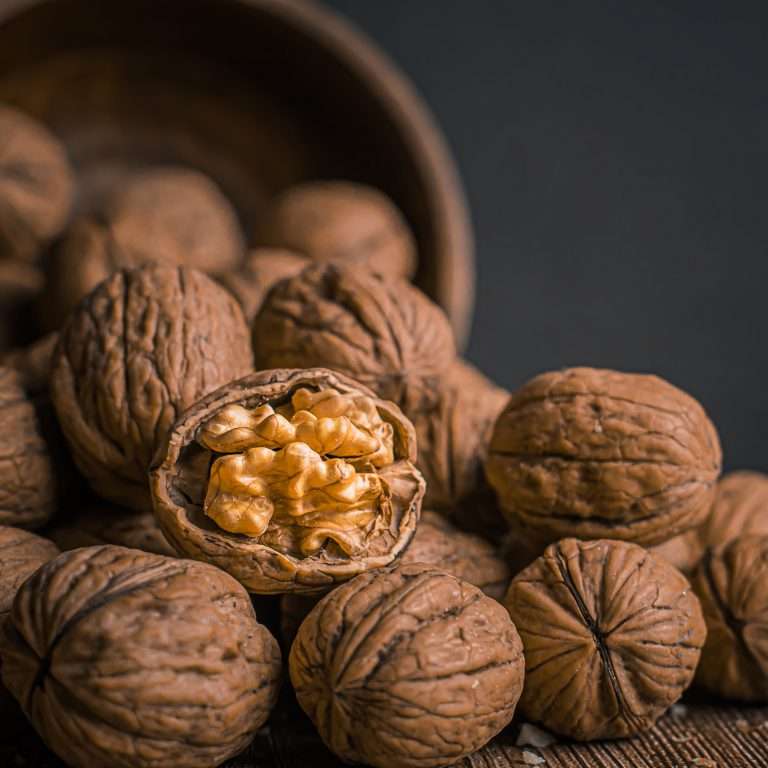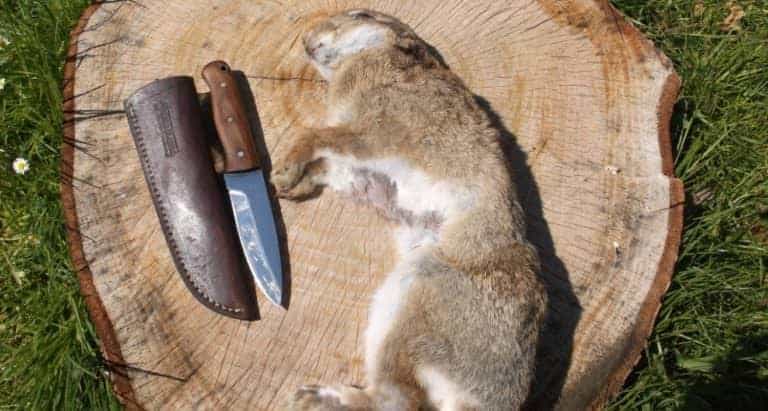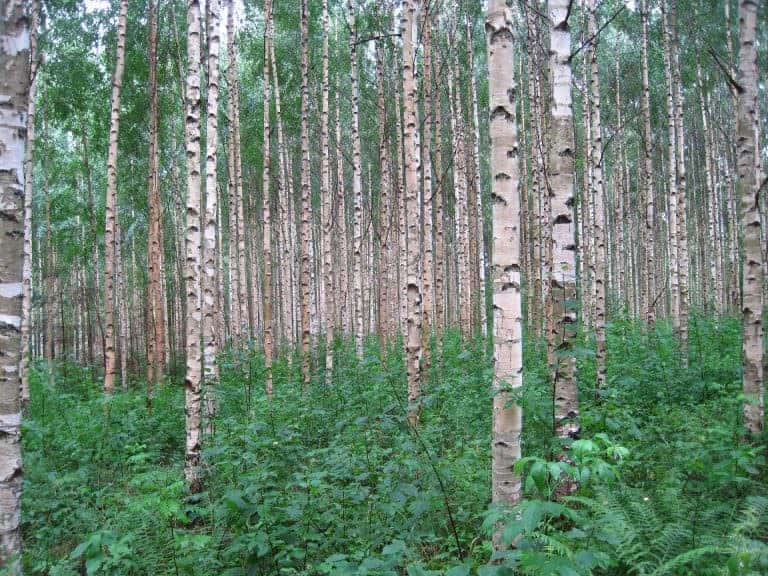Seashore Foraging
Seashore foraging is the art of finding food on the beach. As part of the bushcraft that we teach at Wildway Bushcraft, we will show you how to find seasonal food, prepare and enjoy it. Seashore foraging is the best way to grab some free tasty sea food!
If you know what you are looking for, seashore foraging can be a wonderful source of free and delicious food. But with all types of foraging, it is important to treat the area respectfully and only take what you need.
Get as much information as possible about the area and the cleanliness of the beach before heading out. If unsure, speak to the Environment Agency.
The best time for foraging on the beach is at low tide. Always check the weather forecast and make sure you are prepared if the weather suddenly changes. It can be easy to be trapped by rising tides or get caught in quicksand. Make sure you look out for any warning notices in the area. Have a map of the area with you and leave before the tide comes in.
Common seashore forages
Marsh Samphire, also known as glasswork, can be found in mud flats and coastal salt marshes around much of the south of the British Isles. It has a soft green water filled body and no leaves. It is one of the few wild vegetables available to buy. Pick the young plants whole in July, but it is still edible in August and sometimes into September and the freshest it is, the tastier it is.
Sea Beet is the wild relative of spinach and grows profusely on cliffs and by dunes near the sea and tastes like spinach but saltier.
Alexanders can be found around the coast and also inland by some roadsides. Pick it before it flowers, but if you miss it in spring, look again in autumn when it starts growing again.
Bladder wrack is seaweed with little air holes on it that makes it float up. Pick it in spring, it’s the most common seaweed and has a salty flavour. Only pick it when it’s still moist and attached to the rock.
Sea Lettuce looks like lettuce leaves and is a green and leafy seaweed found between the low and high tide marks all around Britain.
Sweet Oar Weed is browny green with straight but frilly fonds up to 3m long and can be found right at the low tide mark, extending into the sea. It’s at its best when picked in spring. This makes tasty crispy fried seaweed.
Limpets look like snails. They are difficult to prise off rocks, so you will need to give them a quick strike with a small rock before they realise you’re there.
Winkles might be small but they are tasty. Ensure that you never empty a whole pool of them, instead take a few from lots of different pools. Common throughout the British Isles, these little grey-black sea snails are found in rock pools in the littoral, tidal zone.
Mussels are best picked from rocky shorelines. It is important that the shore is clean, so check with the Environment Agency if you are unsure. Once cleaned, take each one, tap it to make sure it stays closed (if it isn’t closed then throw it away as it is dead and not safe to eat), scrape off the barnacles, pull out the byssus (the little hairs) and they are ready for cooking.
If the idea of seashore foraging has inspired you and your tastebuds, sign up for one of our Dorset based foraging courses and find out for yourself what delicious delicacies the seashore has to offer.


